UAVs manipulate lives in Gaza
Gaza City: the buzz began around midnight, on a cool night last month, the monotonous distant buzzing in an instant turned into a strong sound of an engine resembling fishing boats operating off the coast.
In the bustling traffic of cars in the city center near the sleeping port, a truck full of police braked sharply. Half a dozen men poured into the street.
“Inside, inside,” the bearded people called passers-by, in the style of the Hamas ruling in Gaza, the police. Then, pointing to the sky, one muttered: "Harem, Harem."
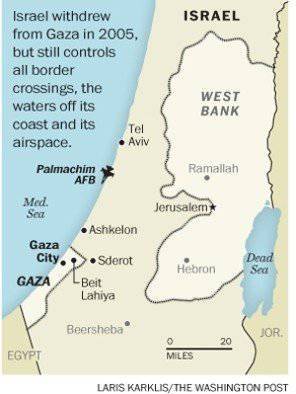 This Arabic word for Gazans is Israel’s unmanned aerial vehicles, the ubiquitous and frightening feature of everyday life on this crowded strip of land along the sea. Roughly translated, "harem" means buzz. But in neighboring Egypt, the source of Gaza in customs and culture, the term slang is used to describe the tireless whining of the wife.
This Arabic word for Gazans is Israel’s unmanned aerial vehicles, the ubiquitous and frightening feature of everyday life on this crowded strip of land along the sea. Roughly translated, "harem" means buzz. But in neighboring Egypt, the source of Gaza in customs and culture, the term slang is used to describe the tireless whining of the wife.This nonchalant title belies the irritating influence drones to life in Gaza, where 1.6 million Palestinians live in cramped refugee camps, cinder-block houses and high-rise apartments built among olive and palm groves and shifting dunes.
The landscape provides cover for Palestinian militants who, in recent years, fired thousands of missiles at the besieged southern cities of Israel - some improvised, some standard military items. In this action-retaliation conflict between Israelis and Palestinians, rocket attacks repeatedly provoked Israel to invade, causing ebbs and flows tanks and troops on the broken streets of the sector.
But the most consistent reminder of Israel’s continued vigilance and its unlimited ability to strike at any time is the rumble of circling unmanned aircraft - the sound also provided by American drones over the tribal areas of Pakistan and all over most of East Africa and the Arabian Peninsula.
American unmanned wars are largely invisible, conducted in remote regions, sometimes outside the battlefields of America. US officials are reluctant to discuss a program for the destruction of enemies, on which President Obama relies more than his predecessor. Israel in near conflict with the Palestinians in a relatively accessible Gaza Strip offers a lively look at the remote-controlled battle and the lives of those who suffered from these means of modern warfare.
Israel withdrew its soldiers and settlers from the Gaza Strip in the summer of 2005, completing the almost 40-year presence in the territory occupied by its troops in the 1967 Middle Eastern war of the year. In 2006, Hamas militants captured the Israeli soldier Gilad Shalit in close proximity to the fortified border of Gaza, and since then Israel has stepped up military operations and aerial surveillance in the sector.
The Palestinian Center for Human Rights claims that 825 people were killed by unmanned aerial vehicles in Gaza after the capture of Shalit, which was released in October. The majority of those killed, according to the organization, were civilians mistakenly targeted or shrapnel drone caught in a deadly shower. By comparison, the New America Foundation claims that US drones killed at least 1807 militants and civilians in Pakistan since 2006.
An Israeli soldier holds a UAV during military exercises at the Shizafon army base in the south of the Negev desert.
Israeli UAV flies over the Gaza Strip.
Eitan, the latest generation of unmanned aircraft of the Israeli Air Force, is flying at a ceremony at the Tel Nof air base in central Israel. Eitan, or Heron TP, weighs 5,5 tons and has a wingspan of 26 meters. It has a high carrying capacity and can be airborne for up to 20 hours.
A Palestinian girl doing school lessons outside her home in the al-Shati 'refugee camp in the city of Gaza. International charities help with funding to alleviate the anxiety of children from unmanned aerial vehicles in the Gaza Strip.
A Palestinian is inspecting a Hamas security post in Beit Lahia in the north of the Gaza Strip, which was destroyed by an Israeli air raid.
Israeli drone Hermes 450 flies over the Gaza Strip.
The boy cries inside the mosque of the city of Gaza at the funeral of the doctor, his five-year-old son and an Islamic jihad militant who were killed by the drone while the militant was riding a motorcycle along the main street in the city of Gaza.
Palestinians in the mosque of the city of Gaza at the funeral of a doctor, his five-year-old son and an Islamic jihad militant who were killed in a drone attack in the city of Gaza.
Palestinians gathered in the morgue of the Nasser Hospital in Khan Yunis in the south of the Gaza Strip around the body of Abdullah Mohana, an Islamic jihad militant killed by an Israeli air strike.
In this propaganda photo, released by Hamas, a member of the Al-Qassam Brigade, the military wing of the Hamas movement, is holding an Israeli drone that, according to Hamas, was captured in the Gaza Strip.
Tommy Silbering, a retired Israeli colonel heading the Israeli UAV unit Aviation Industry facing drone Heron TP near the international airport. Ben Gurion in Tel Aviv. UAV technology has become highly competitive in recent years.
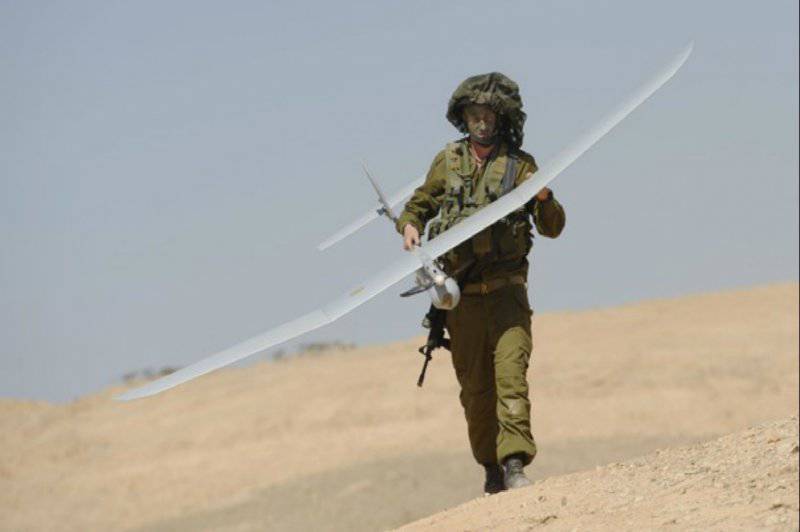
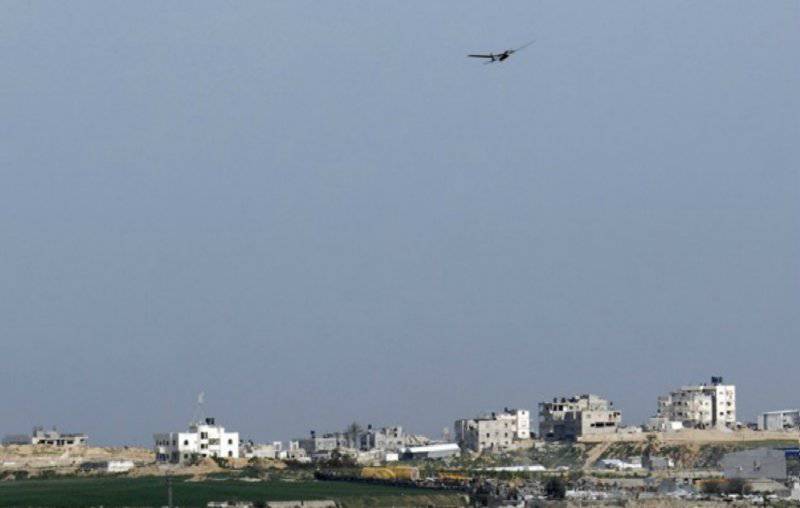
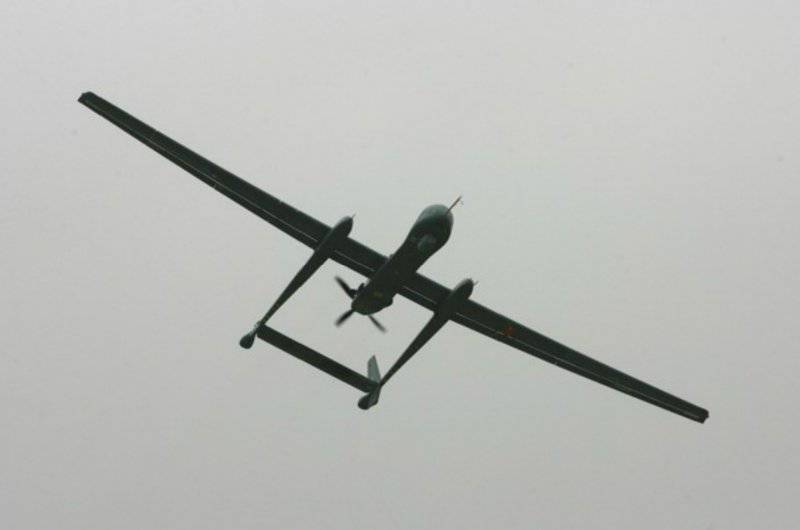
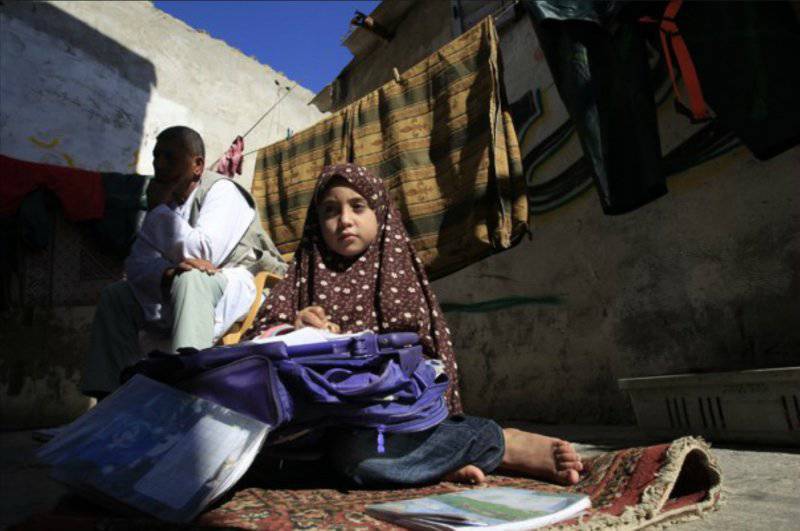
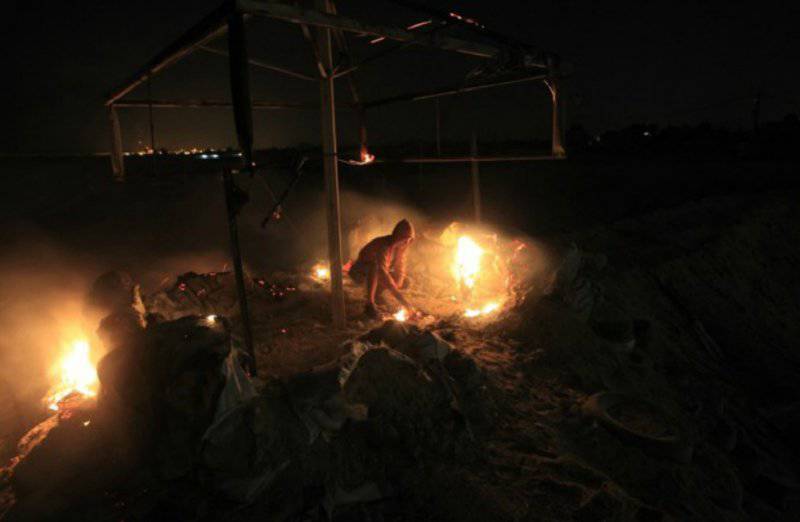
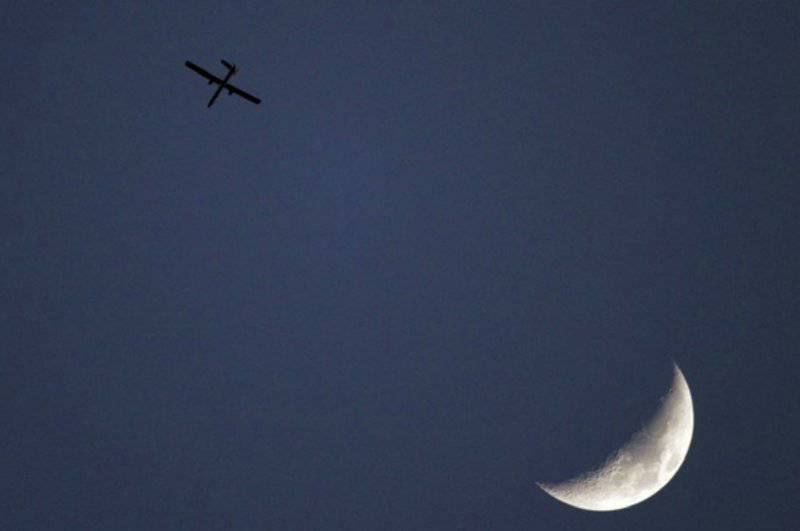
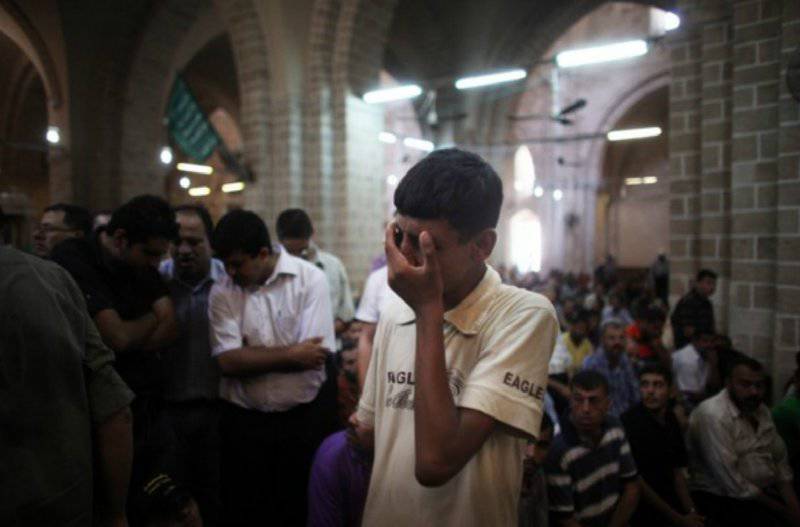
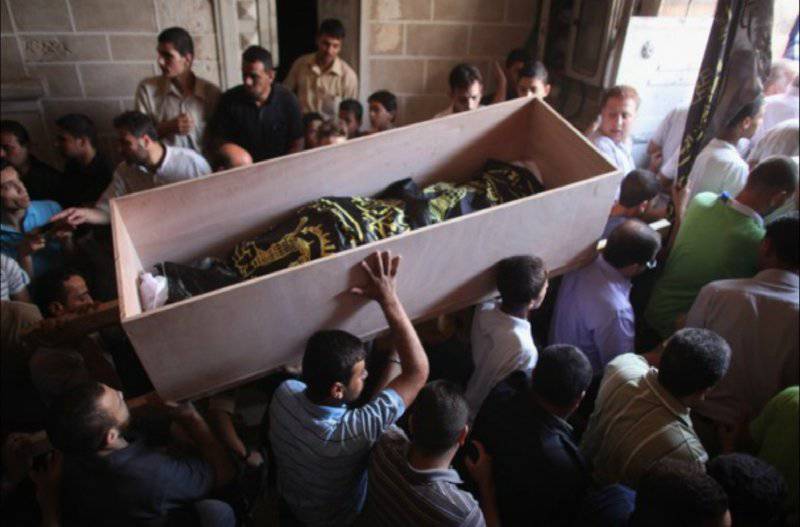
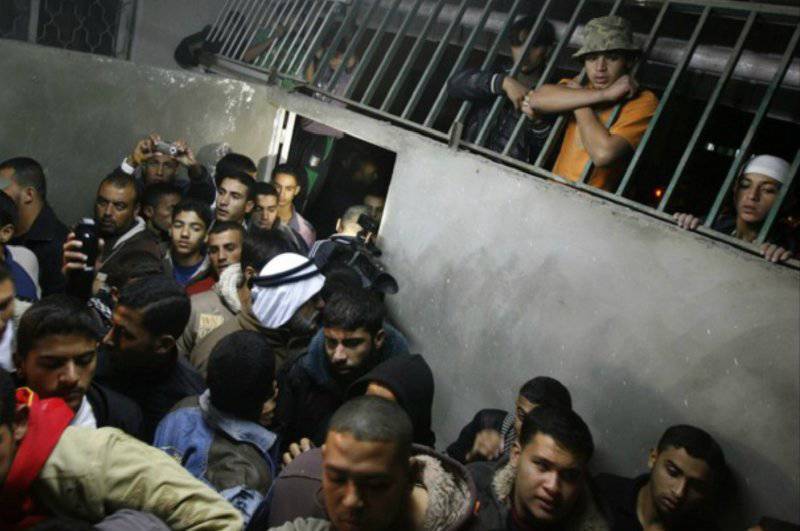
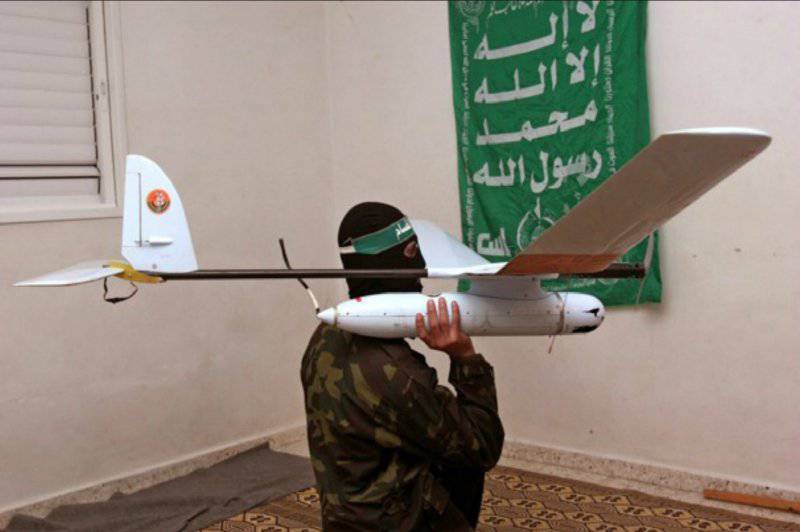
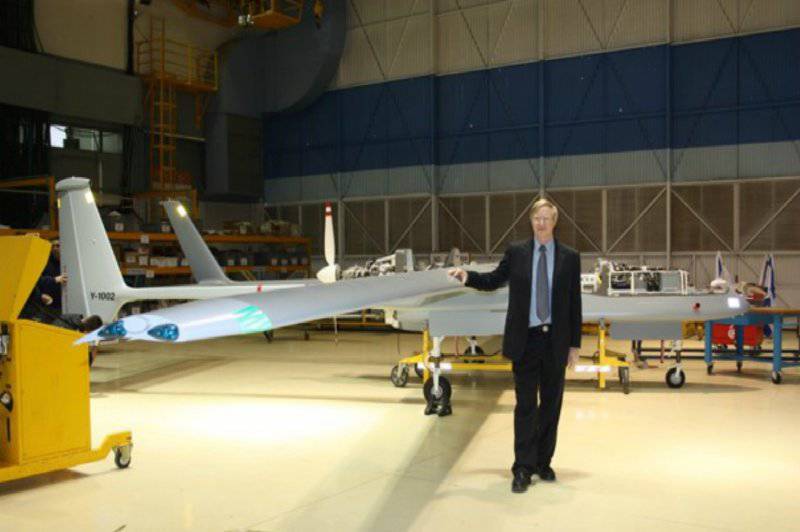
Information